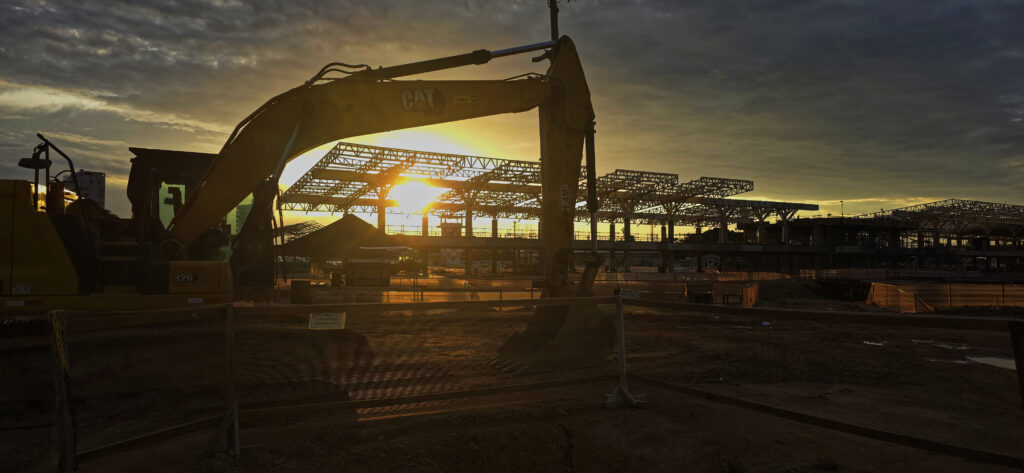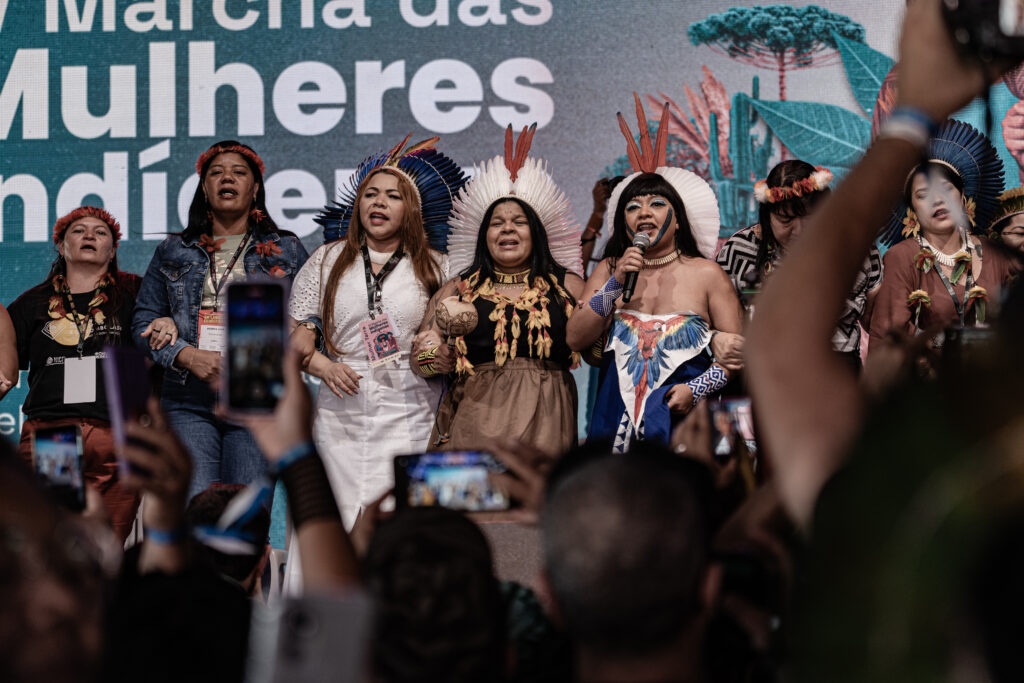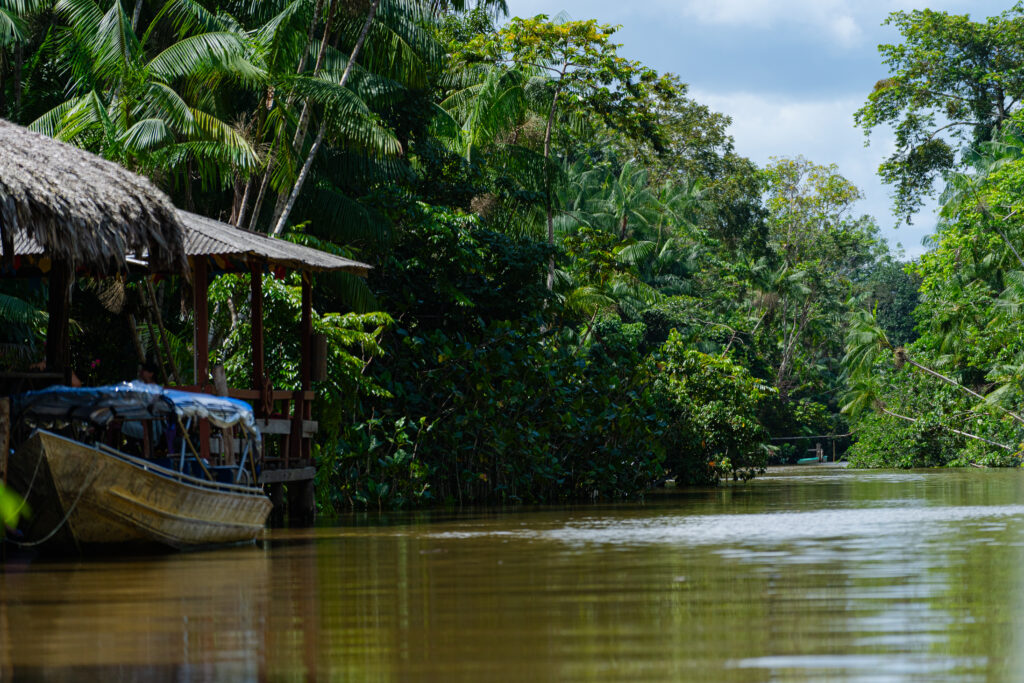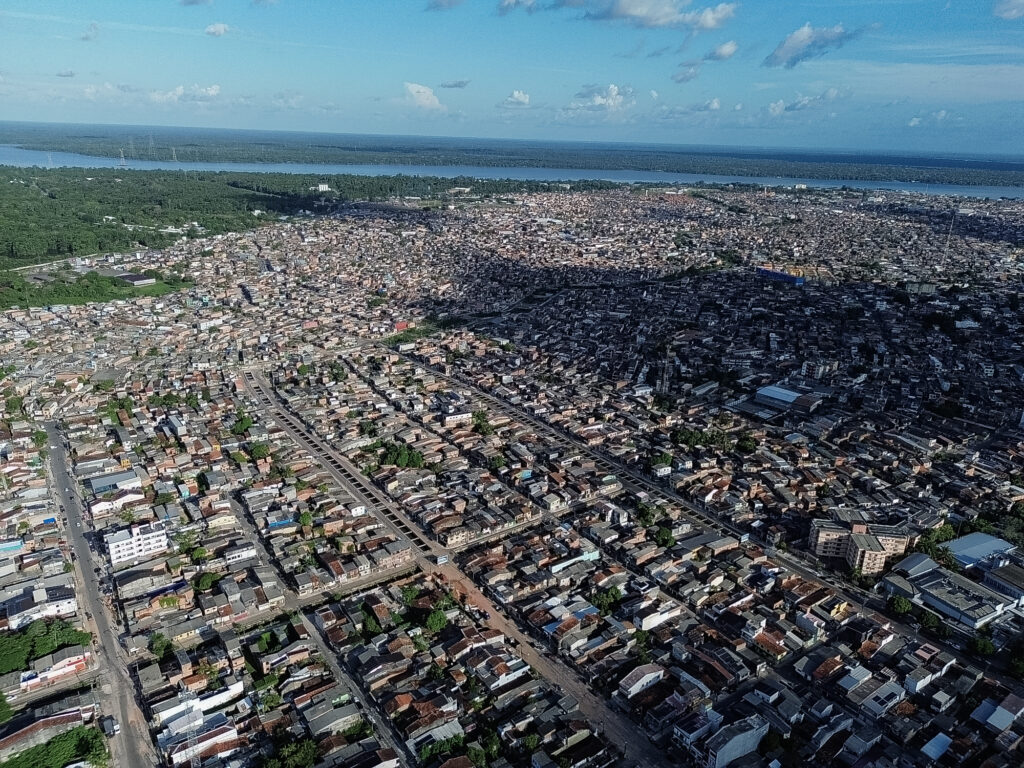Good COP, Bad COP
Amid criticism and controversy, COP30 could be make-or-break for the Amazon.
Located on the edge of the Amazon rainforest, the Brazilian city of Belém is symbolically powerful but structurally fragile. This contradiction is being thrown into the light as the city of 1.5 million people gears up to host the United Nations COP30 climate talks between 10-21 November 2025. While the Amazon is known as the “lungs of the planet,” its cities remain some of the most underserved in Brazil.
Belém, the capital of Brazil’s Pará state, is marketed as a “Gateway to the Amazon” and a “Cultural Capital of the Amazon,” but below the PR sheen lies serious socio-economic and environmental issues, from deforestation and illegal mining to social inequality.
As of 2024, Brazil’s North Region, which includes most of the country’s Amazon territory, had just 1.73 physicians per 1,000 inhabitants, the lowest rate in the country, according to public news agency Agência Brasil. The national average in the South American nation stands at around 2.8 per 1,000. The World Health Organization recommends at least 2.3 to ensure adequate access to essential health services. In the North Region, similar trends can be seen for other indicators of human wellbeing – access to basic sanitation, infant mortality rates, GDP per capita, and average human development indicators are all far below the national average.
As leaders prepare to debate planetary futures, many locals worry the summit will overlook the daily realities of the region it’s supposed to protect. The Amazon’s ecological health is inextricable from its social and political conditions, and Belém, for better or worse, has become the focal point for both.

Rich in biodiversity, poor in quality of life
The Amazon is of global importance when it comes to nature. It is home to some 10% of the world’s known biodiversity, according to the WWF – 9% of mammals; 14% of birds; 8% of amphibians; 13% of freshwater fish species; and 22% of vascular plant species, much of which is under threat from logging and overexploitation of natural resources.
But for many of its human residents, daily challenges are of an urban nature. Around three-quarters of Brazilian Amazonians live in cities, according to research by Amazonia 2030, a development initiative aimed at boosting sustainable development and human welfare in Brazil’s Amazon regions. The state of infrastructure, healthcare, and education indicators also paint a stark picture of inequality.
At the 2025 International Journalism Festival, journalist Daniel Nardin pointed out that only 45% of Amazon households have access to basic sanitation. Infant mortality rate stands at 19.3 per 1,000 live births, far above the Brazilian average of 12.4, he added. Meanwhile, GDP per capita was 50% lower than the national mean, and the region’s Human Development Index (HDI) averages just 0.66, compared to 0.76 in Brazil as a whole.
Education also lags behind, with school dropout rates as high as 20% in some areas and cities like Belém face chronic infrastructure problems, including waste management failures and deep-rooted social inequality.
This is the Amazonian paradox: a place vital to global ecological balance but plagued by local neglect. As the world looks to the Amazon for environmental leadership, the social conditions beneath its canopy demand equal attention. While rich in biodiversity, the region remains critically poor in access and opportunity.

The road to Belém
Brazil has long been recognised for its leadership on climate issues. In 1992, the Rio Earth Summit marked a historic milestone by launching three major UN conventions: the UNFCCC (on climate change), the UNCCD (on desertification), and the UNCBD (on biodiversity). More recently, Brazil’s bid to host a future COP was officially accepted during COP28 in Dubai. It’s clear why Brazil is well-positioned to lead a COP, but why Belém?
Belém carries powerful symbolism. As the first-ever COP held in an Amazon region, its location offers both strategic access to the forest and a rare opportunity to bring the region’s importance onto the stage of international climate diplomacy. Belém could stand as a representation of the urgent needs of this natural marvel, an ecosystem that stores 120 billion tonnes of carbon in its soil and trees, according to a 2014 report by the magazine Scientific American.
Despite its symbolic importance, Belém’s ability to host a truly inclusive COP30 is under logistical pressure. Delegates from African and Pacific nations have raised the alarm about “astronomical” accommodation costs, with some hotel prices exceeding $5,000 during the summit week, jeopardising the participation of those most vulnerable to climate change. COP organisers face mounting criticism that the summit may become one of the most inaccessible in recent memory.
Ana Carolina Cazzeta, coordinator at the climate campaign group Rede Amazônidas pelo Clima (RAC) views COP30 as a pivotal opportunity to shift the summit’s talking point. “I believe COP30 has the potential to be the COP of the Global South. Those most affected by the climate crisis, particularly in the Global South, can also be protagonists in shaping the narrative,” she tells REVOLVE.
I believe COP30 has the potential to be the COP of the Global South. Those most affected by the climate crisis, particularly in the Global South, can also be protagonists in shaping the narrative.
Cazzeta highlights how regional actors are already stepping up to broaden participation beyond official negotiations. “Countries from the region will likely be more active participants, especially in spaces beyond the official Blue Zone.” For her, the power of COP30 lies not just in high-level declarations but in creating space for those who have long been on the frontlines, communities in the Global South, to lead the conversation on climate justice.
Ciro Brito, also a member of RAC, cautions against inflated expectations: “Although this has been called the ‘Implementation COP’, with such a challenging international scenario and all the difficulties that the COP30 Presidency is facing, it would be overly optimistic to imagine that this will be the COP of the COPs.”
Brito adds: “On the other hand, with all the pressure for the COP to leave Belém, if this scenario is confirmed, it would not even be possible to call it the COP of the Amazon. If the negotiations and high-level meetings leave Belém, the Belém COP will become a World Social Forum.”
Although this has been called the Implementation COP, with such a challenging international scenario and all the difficulties the COP30 Presidency is facing, it would be overly optimistic to imagine that this will be the COP of the COPs

COP Controversies
COP30, like the COPs before it, is not immune to criticism. New infrastructure projects launched to serve the summit have stirred backlash over environmental damage and political contradictions. One of the most contentious is Avenida Liberdade, a 13-kilometre road slicing through the last significant remnant of rainforest within city limits. Though state officials claim the road predates COP30 planning, critics argue its construction, through a protected area larger than Manhattan, undermines the very spirit of the summit. In a region where roadbuilding has historically fuelled deforestation, many fear this expressway could trigger illegal development and the slow unravelling of a fragile ecosystem. The installation of fake trees in the city of Belém has also not gone down well.
Meanwhile, Brazil’s federal government is pushing for offshore oil exploration near the mouth of the Amazon River. President Lula, while positioning Brazil as a climate leader, has defended exploratory drilling as a means to finance green energy. Yet this dual agenda, expanding fossil fuel extraction just ahead of a climate summit, has also drawn global criticism.

What COP30 must deliver
As COP30 approaches, expectations bear down heavily, and trust is low. The outcomes of COP29 in Baku set a sobering stage: despite prolonged negotiations, developed nations pledged only $300 billion annually in climate finance by 2035, far below the $1.3 trillion demanded by developing countries. The gap between need and commitment, urgency and delivery, has rarely felt so stark.
Climate journalist and Ekosfer co-founder Özgür Gürbüz reflects the mood shared by many: “We’ve entered a period where the concept of multilateralism is under debate, and the influence of international platforms is weakening. In such a moment, when solving the climate crisis depends on contributions from every country, making meaningful progress is becoming increasingly difficult.”
We’ve entered a period where the concept of multilateralism is under debate, and the influence of international platforms is weakening. In such a moment, making meaningful progress is becoming increasingly difficult
According to Gürbüz, the disappointment of COP29 will hang over Belém. The underwhelming finance package and geopolitical distractions, from war to economic instability, have diluted attention from climate action. “Many countries that once played active roles in climate talks are now less engaged,” he tells REVOLVE.
Yet COP30 could mark a turning point, if ambition is restored. Gürbüz points to one critical opportunity: the revision of Nationally Determined Contributions (NDCs) under the Paris Agreement. “Seeing bold new pledges from countries like Türkiye, which has not yet updated its NDC, could help shift the tone of the negotiations,” he notes.
As COP30 draws near, the world’s eyes will turn to Belém, but what happens after the cameras leave will matter even more to inhabitants of the Amazon. The summit offers a historic platform to confront not only the climate crisis but also the social inequalities that undermine any real environmental progress. Belém symbolises the Amazon’s paradox: a region vital to global survival, yet neglected in policy, investment, and justice.
If COP30 fails to deliver more than speeches, if it becomes another stage for greenwashing rather than real change, the consequences will be felt far beyond the rainforest. It risks deepening distrust in international climate diplomacy, especially among those who have long been excluded from its halls: Indigenous, Black Brazilian, and traditional communities who have protected the forest for generations.